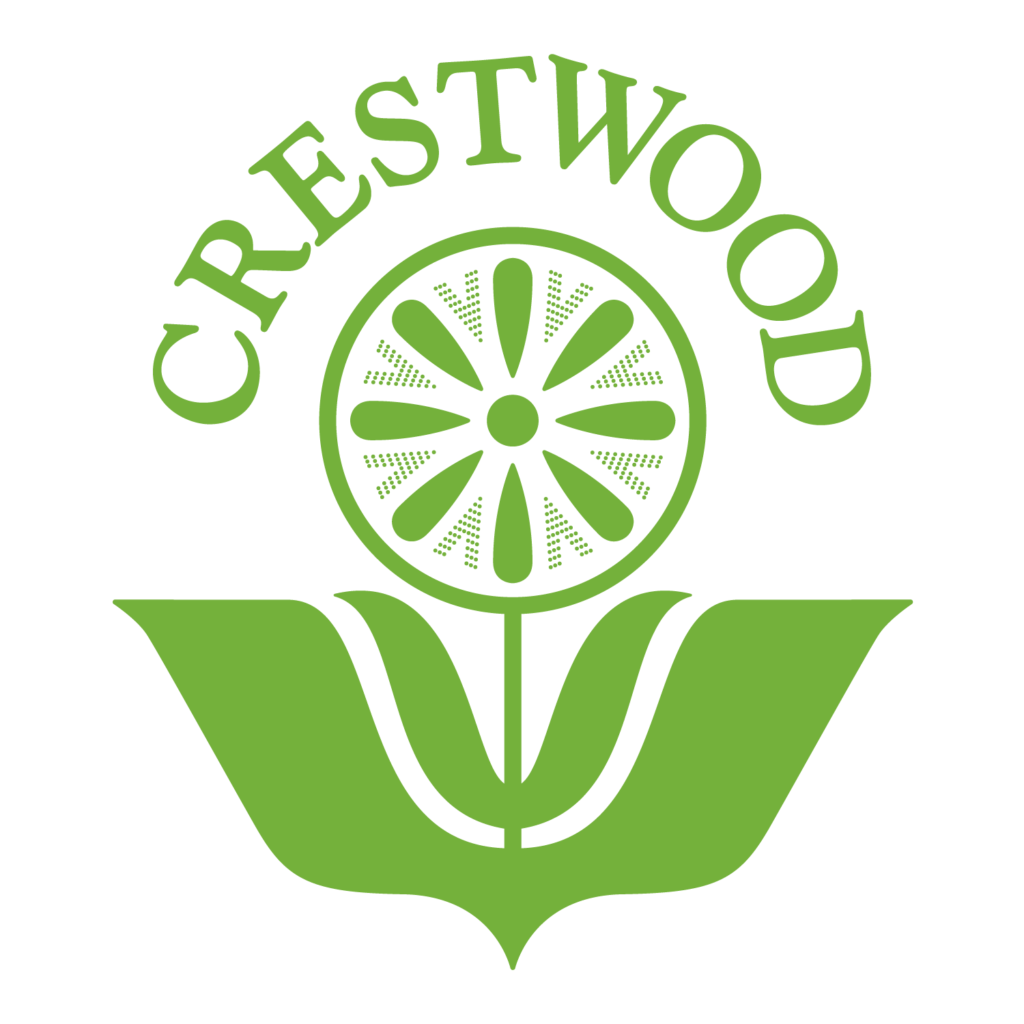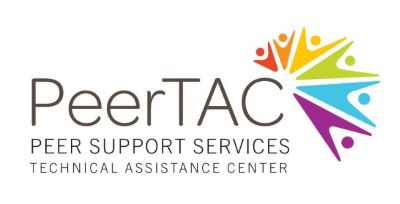Creating, Leading and Sustaining a Culture Centered in Recovery and Resilience

By Lori Ashcraft, Crestwood Behavioral Health with contributions by Harvey Rosenthal and Madi Kennedy, New York Association for Psychiatric Rehabilitation Services (NYAPRS)
Part One: Creating a recovery culture
“We are the organisms that make up the organization. We are the living, breathing element that keeps the organizational heart beating. Within each of us is where the transformation happens, then it is reflected outward into the mission and vision and values; the bricks and mortar; the policies and procedures, that hold the organization together.”
Dr. Lori Ashcraft
I wrote the above statement 16 years ago. The back story goes something like this: I was searching for approaches to changing the culture of our own peer-run organization in ways that would support the recovery of people who used our services. I read a few books about changing cultures and they all seemed to make sense. However, when I tried to apply the academic concepts, I quickly lost interest and also lost my way on what I hoped would be a path to inspiring insights and aha moments. So I decided to just take deep dives into a variety of organizations, sort of a modified ethnographic plunge, and see what I could discover.
My first attempts had to do with “observation.” I thought if I watched the daily operations of an organization, I would be able to detect the underlying cultural patterns. I asked myself, “Where IS the culture? Where does it live?” “Culture” seemed like a thin coat of dust that covered everything in the organization.
Surely the roots of an organization’s culture went deeper than what was held in the dusty policy manuals that nobody reads unless the auditors are approaching. But I looked there anyway and I waded through lots of policy manuals, it was a futile effort. I don’t recommend this – there was no enlightenment to be found there in terms of cultural “roots.”
My next stop was to look at the vision and mission statements of various organizations. I thought for sure I could get a glimpse of the origins of culture in these statements.
I guess I wasn’t too surprised to learn that there was often a huge gap between what an organization says about themselves, and what they actually do. That “gap” said something about the culture, but I didn’t have enough clues yet to determine just how to read it.
While I didn’t come away from my search with the answers I had hoped to find, I did learn a lot about how powerful and elusive the culture of any organization was. Even though I still couldn’t describe it or find its roots yet, I at least knew what and where it wasn’t.
I turned my attention back to our own organization. The year was 1999. We didn’t know what we’d turn out like when we began this journey. We didn’t have a roadmap, and there were no breadcrumbs scattered along the path by others who had gone before us. We just knew that if we were going to create opportunities for people to recover, we needed to change our culture.
We knew enough to start with our mission statement, which had been written many years earlier: “To be the premiere provider of crisis stabilization services.” This statement seemed OK to us until we looked at it through the eyes of recovery. When we did this, it seemed to be way off. It was not a statement that we could use to guide us toward transformation to a recovery culture.
Our CEO, who had written this statement several years earlier, looked at it, squinted, and said “Yuck! This is all about us being a great provider. Instead, it should be about the people who use our services, and how we can help them in their recovery.” We all agreed and started the rewriting process.
(Read more)
Want to Learn More?
Meet Dr. Lori Ashcraft (Video) | Listen to the Podcast (Spotify)
More About Viva La Evolution and Crestwood.
Developed by Crestwood Behavioral Health
With Contributions by the Alliance for Rights and Recovery (formerly New York Association of Psychiatric Rehabilitation Services)
For PeerTAC





